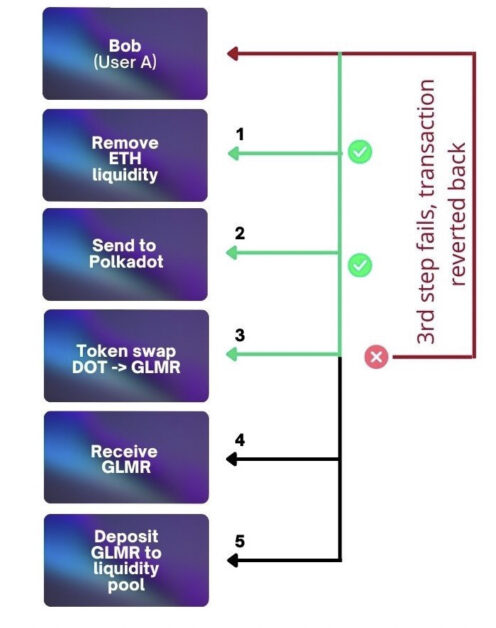Cryptocurrency’s most vital security measure is the irreversibility of transactions. However, can reversible blockchain transactions significantly improve crypto adoption?
There are valid arguments that the irreversible transactions in blockchain make it safe and secure to use. However, humans operate blockchain networks; mistakes in transactions can occur. This potential drawback can prevent blockchain from achieving its goal of reaching a wider audience and increasing its adoption.
The critical design of a blockchain network is how decentralized its operations are. Unlike in financial institutions with a central authority, blockchain transactions are made possible through independent validators. The blockchains information is then saved on several nodes rendering the distributed ledger immutable. Since no one can modify blockchain transactions, there is no case of “double spending,” a situation where a person might use the same funds to make several transactions.
Many can reduce their errors by simply copying and pasting addresses or scanning a QR code. Yet these simple strategies are not fully effective. It is especially true when a sender mistakenly sends the wrong price. There is a lot of room for human error in a technical system.
How Can Transactions Be Reversed?
Protocols such as T3rn aim to make transactions reversible by using specific fail-safe mechanisms. With a five-step fail mechanism, Tern will cancel the transaction and revert the funds to such a user if a user fails one out of the steps through their smart contracts.




